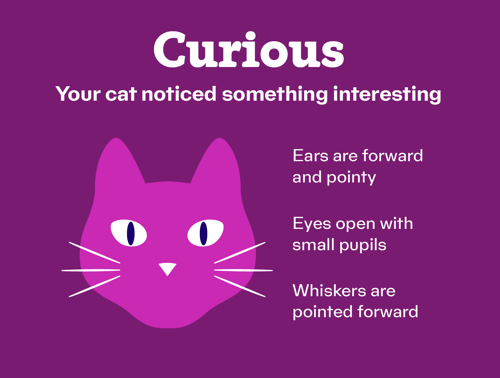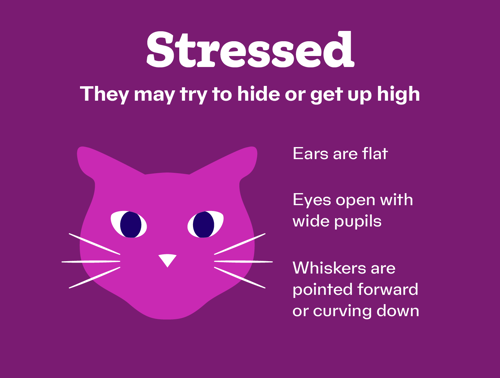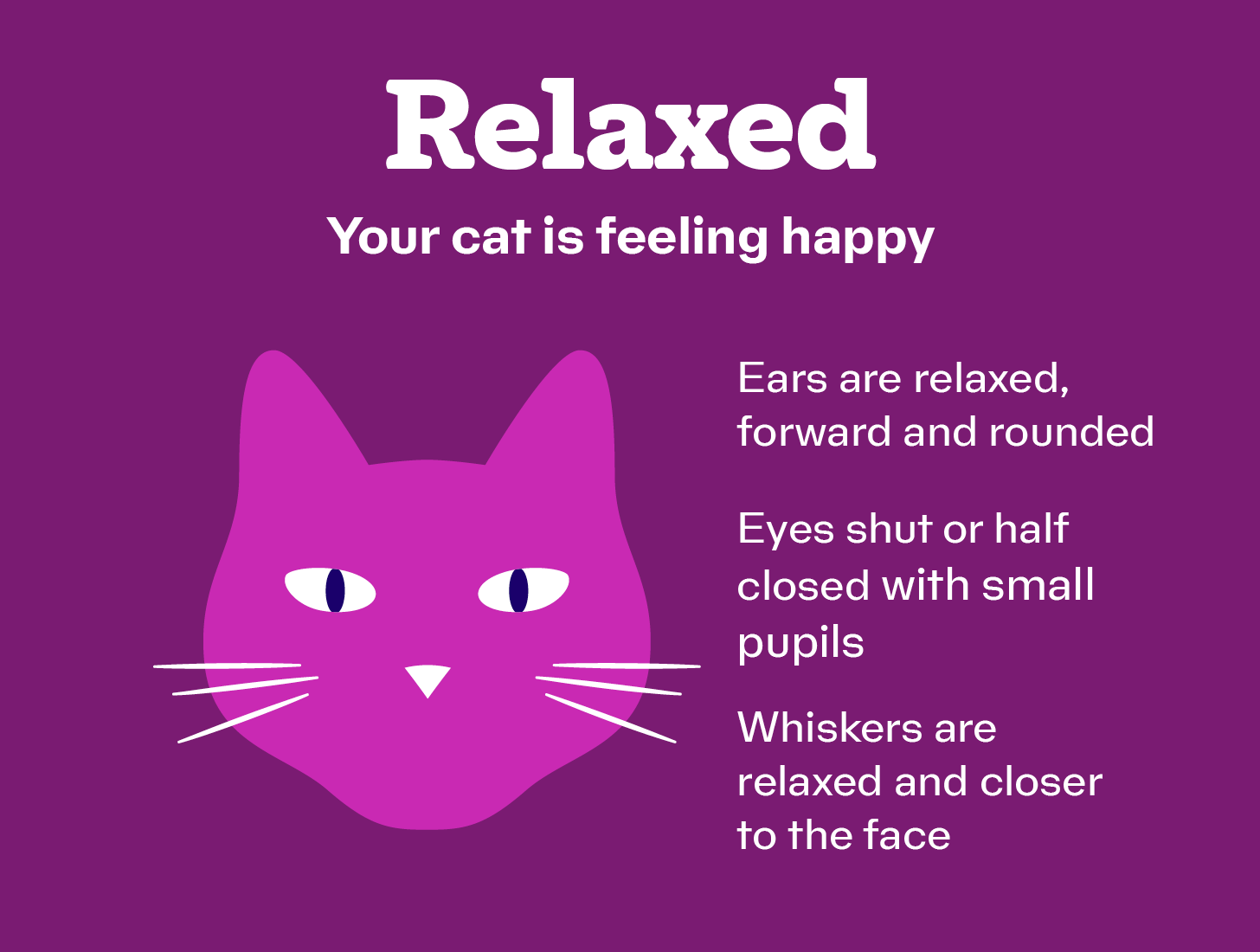-
Adopt a cat
- Adopt a cat
- Advice on getting a cat
- Adopt a cat FAQs
- What is our adoption fee?
-
Adopt a cat
Find out about how to adopt a cat with Cats Protection
-
About Cats Protection
- About Cats Protection
-
About Cats Protection
Find out about the amazing work that we do for cats in the UK.
About Cats Protection
- What we do
- Help and advice
-
Adopt a cat
Adopt a cat
Find out about how to adopt a cat with Cats Protection
-
About Cats Protection
About Cats Protection
Find out about the amazing work that we do for cats in the UK.
About Cats Protection - What we do
- Help and advice






